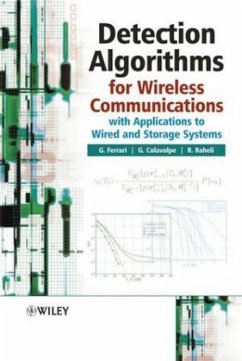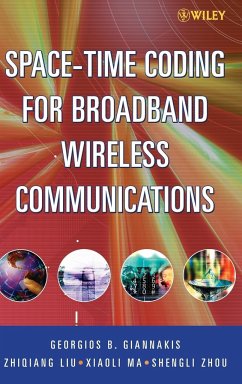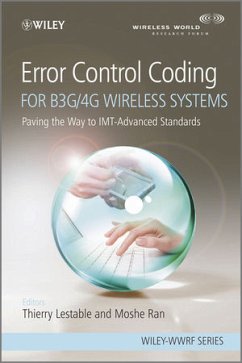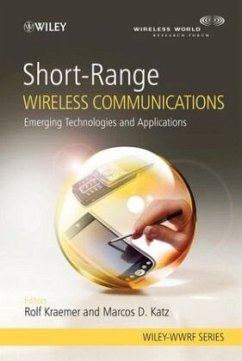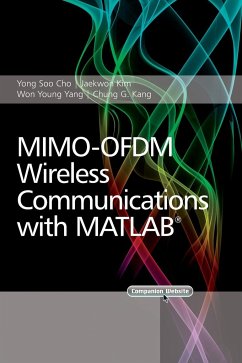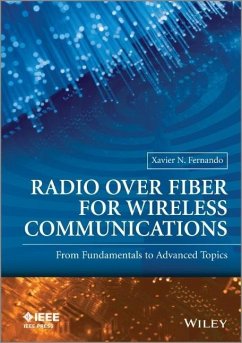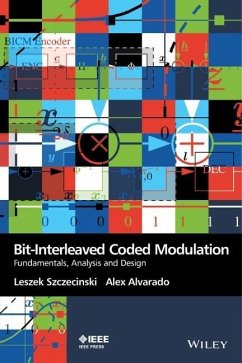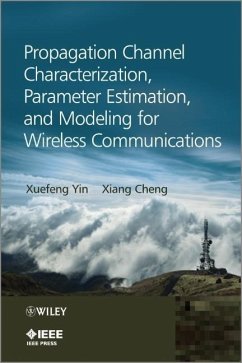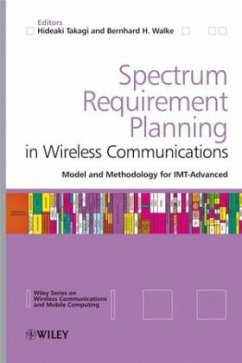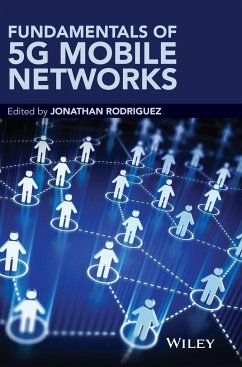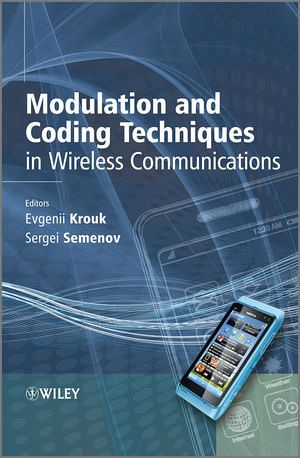
Modulation and Coding Techniques in Wireless Communications
Versandkostenfrei!
Versandfertig in über 4 Wochen
129,99 €
inkl. MwSt.
Weitere Ausgaben:

PAYBACK Punkte
65 °P sammeln!
The high level of technical detail included in standards specifications can make it difficult to find the correlation between the standard specifications and the theoretical results. This book aims to cover both of these elements to give accessible information and support to readers. It explains the current and future trends on communication theory and shows how these developments are implemented in contemporary wireless communication standards. Examining modulation, coding and multiple access techniques, the book is divided into two major sections to cover these functions. The two-stage appro...
The high level of technical detail included in standards specifications can make it difficult to find the correlation between the standard specifications and the theoretical results. This book aims to cover both of these elements to give accessible information and support to readers. It explains the current and future trends on communication theory and shows how these developments are implemented in contemporary wireless communication standards. Examining modulation, coding and multiple access techniques, the book is divided into two major sections to cover these functions. The two-stage approach first treats the basics of modulation and coding theory before highlighting how these concepts are defined and implemented in modern wireless communication systems. Part 1 is devoted to the presentation of main L1 procedures and methods including modulation, coding, channel equalization and multiple access techniques. In Part 2, the uses of these procedures and methods in the wide range of wireless communication standards including WLAN, WiMax, WCDMA, HSPA, LTE and cdma2000 are considered. * An essential study of the implementation of modulation and coding techniques in modern standards of wireless communication * Bridges the gap between the modulation coding theory and the wireless communications standards material * Divided into two parts to systematically tackle the topic - the first part develops techniques which are then applied and tailored to real world systems in the second part * Covers special aspects of coding theory and how these can be effectively applied to improve the performance of wireless communications systems



